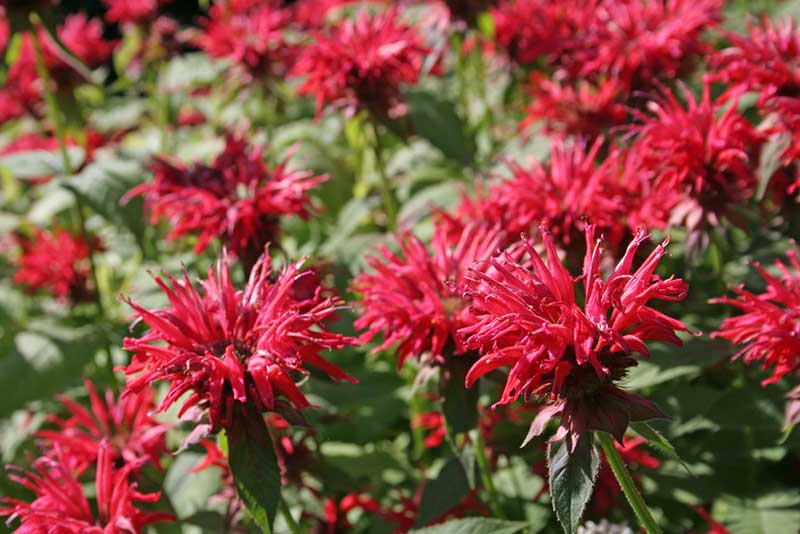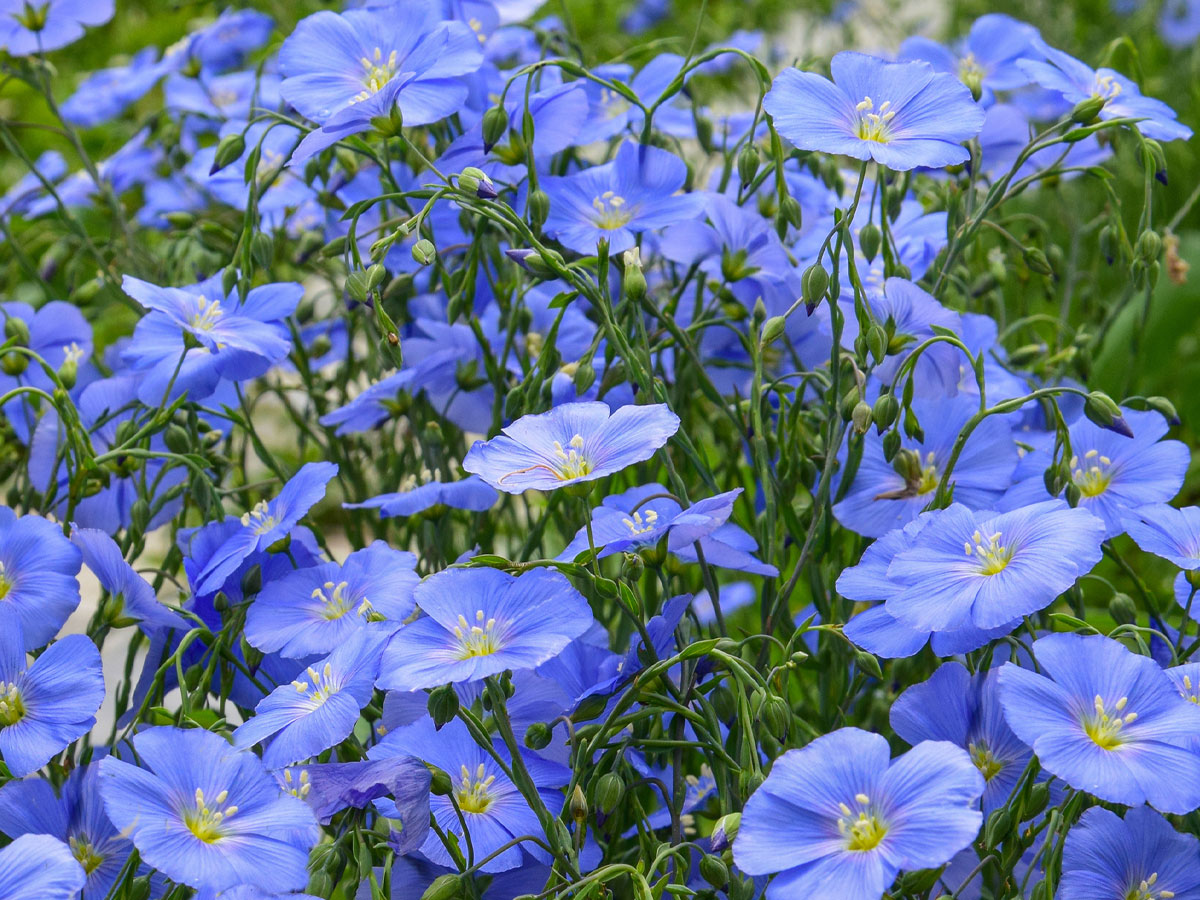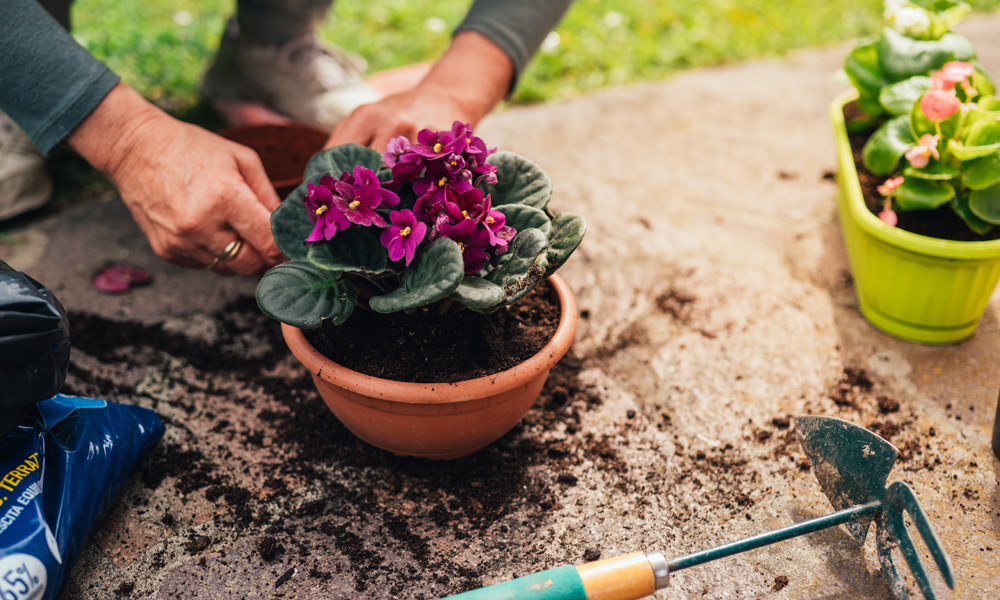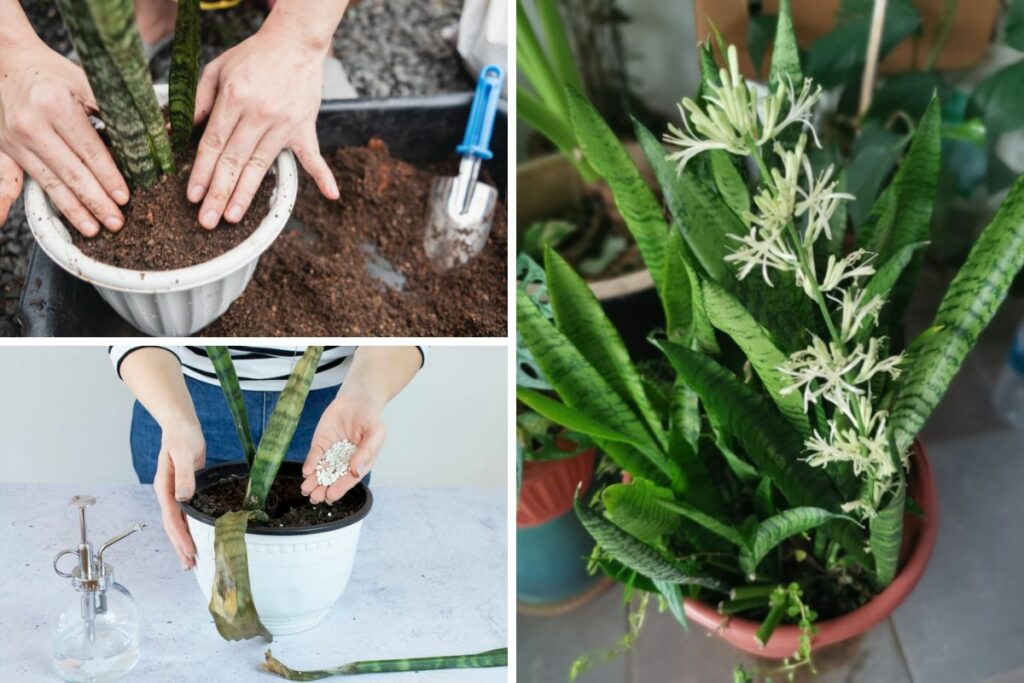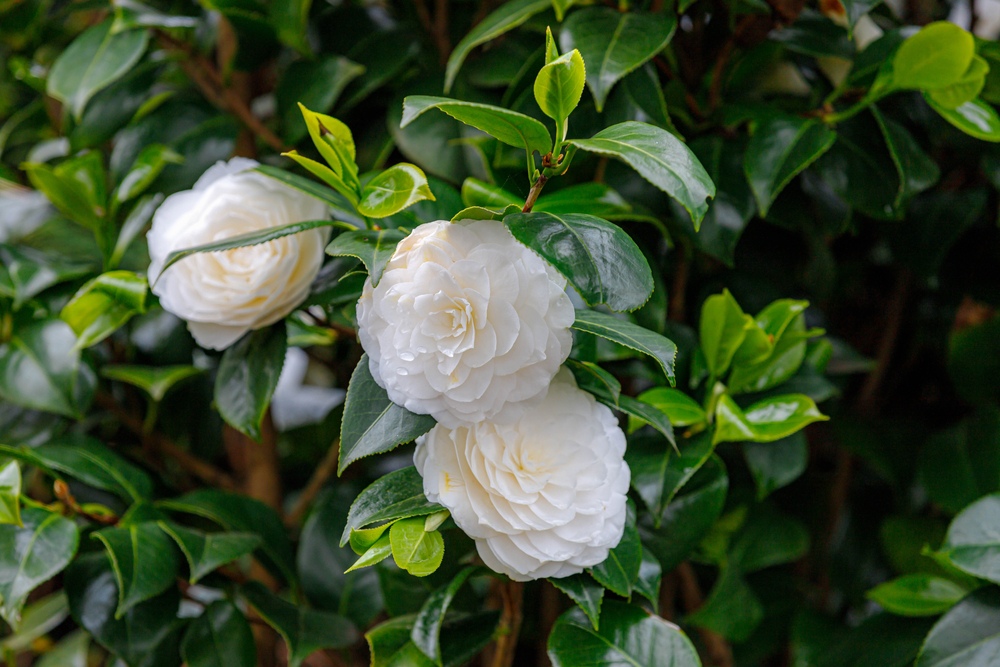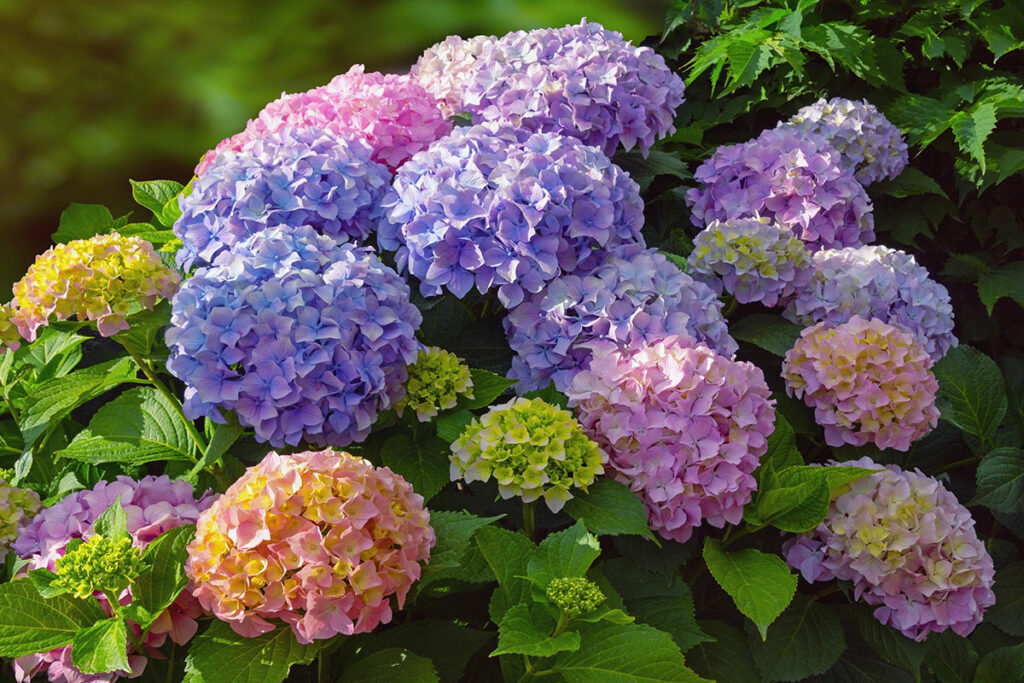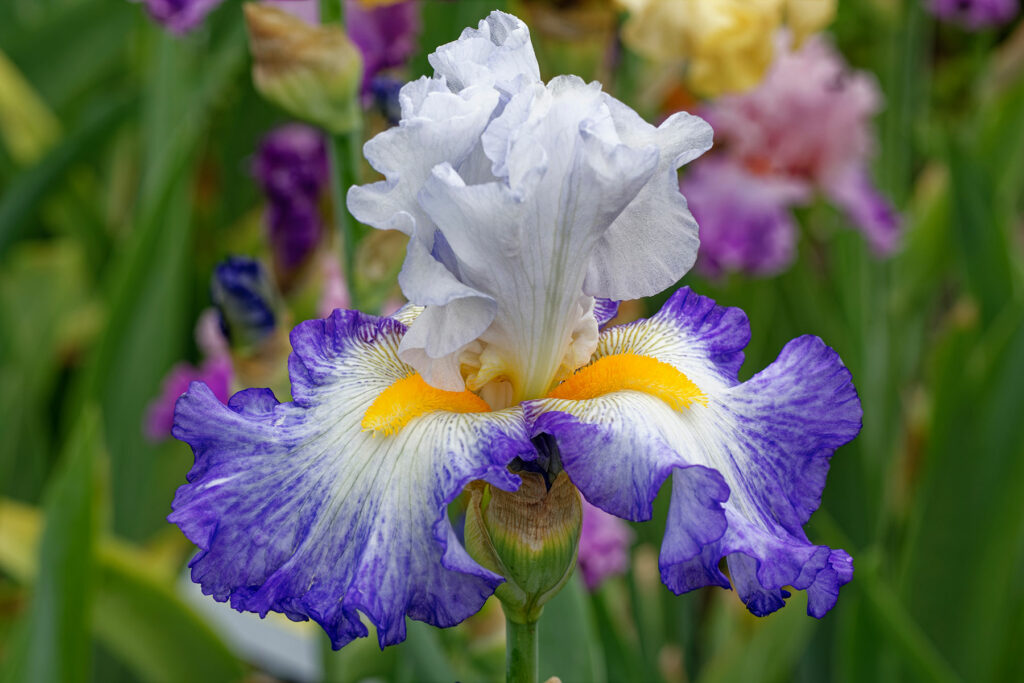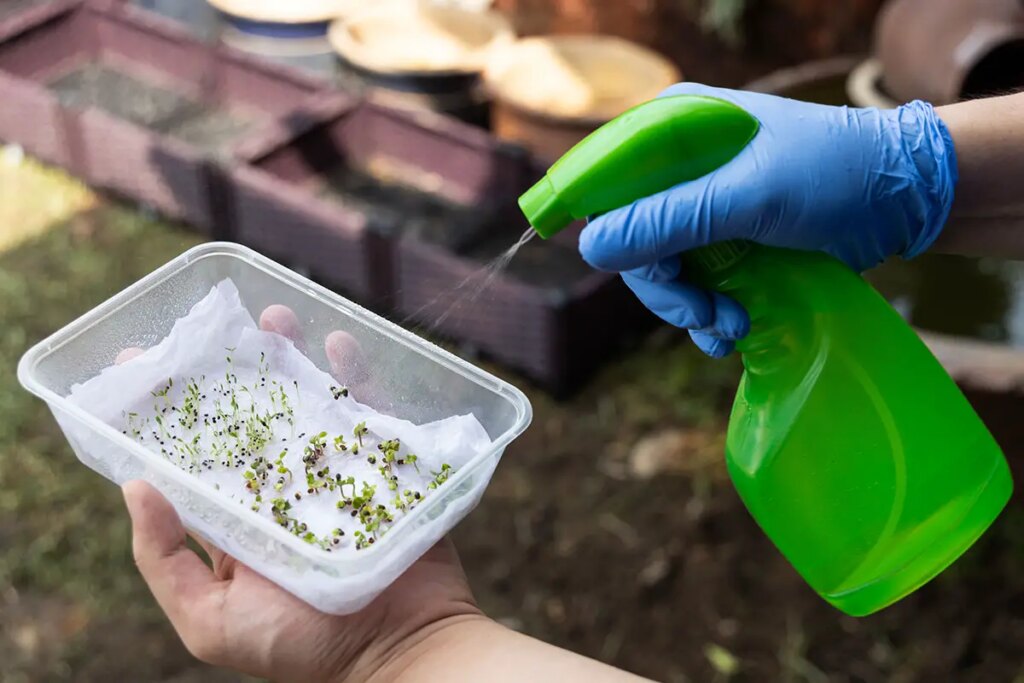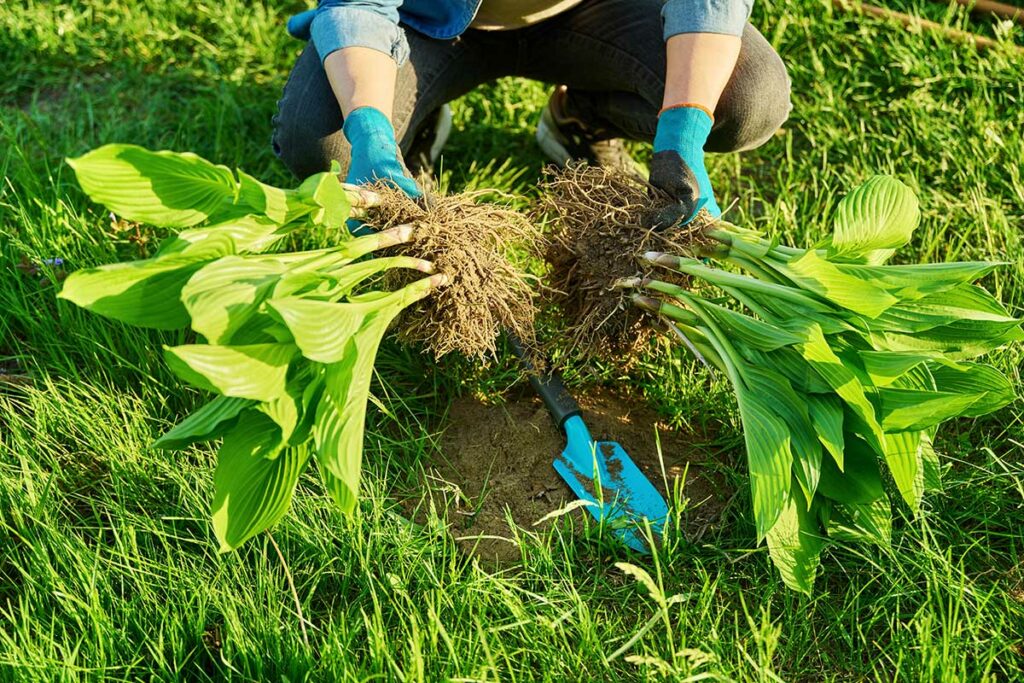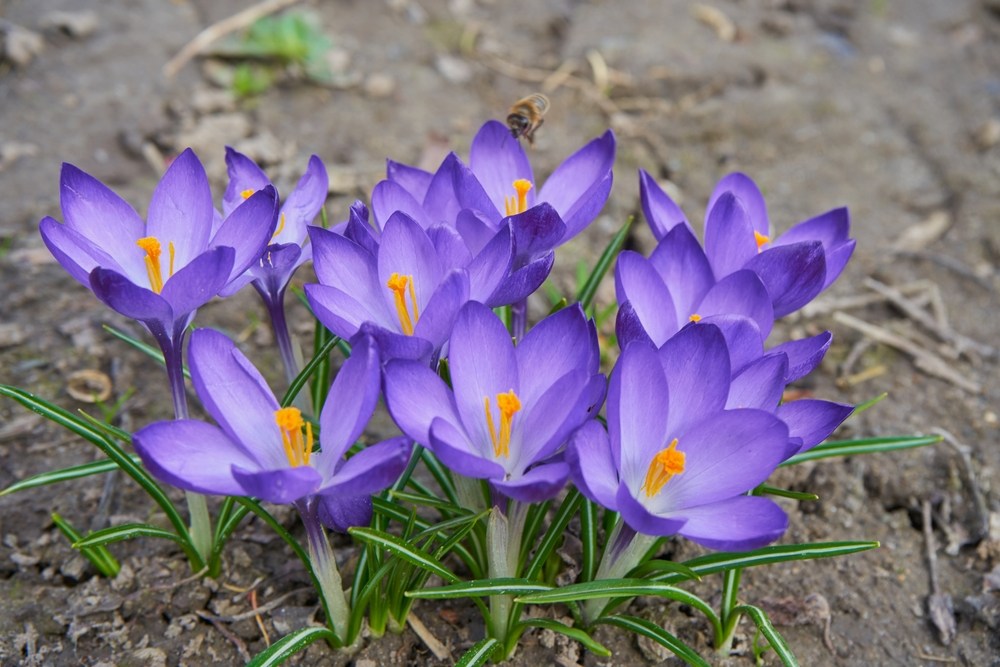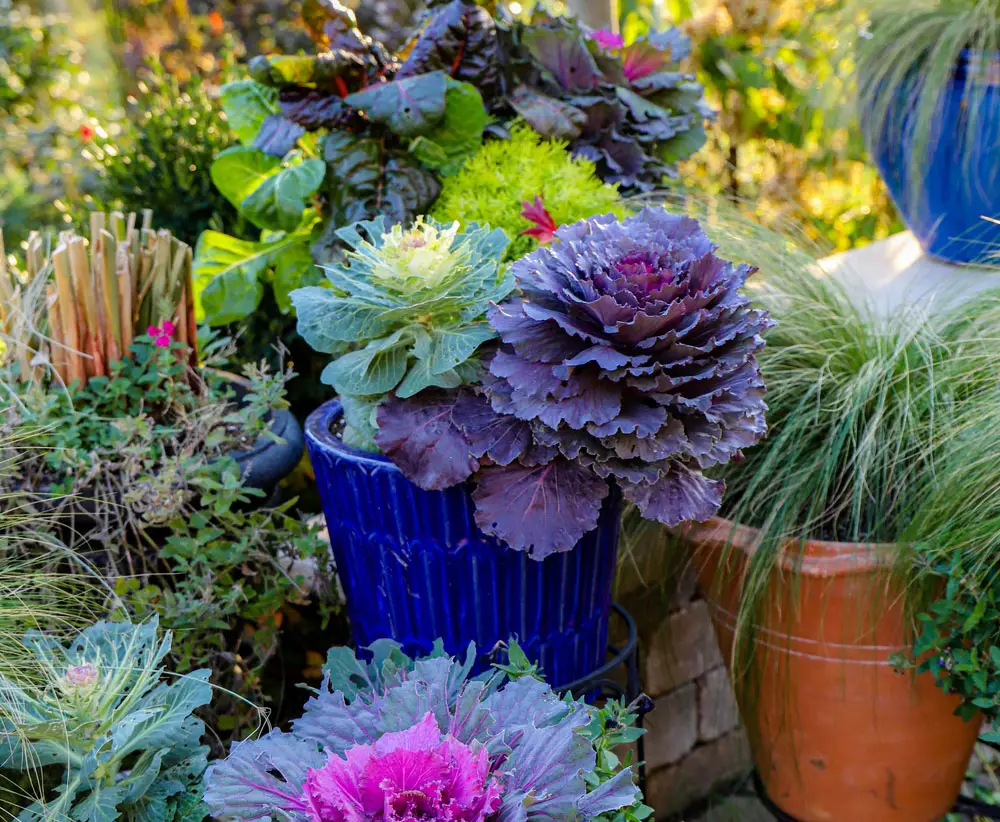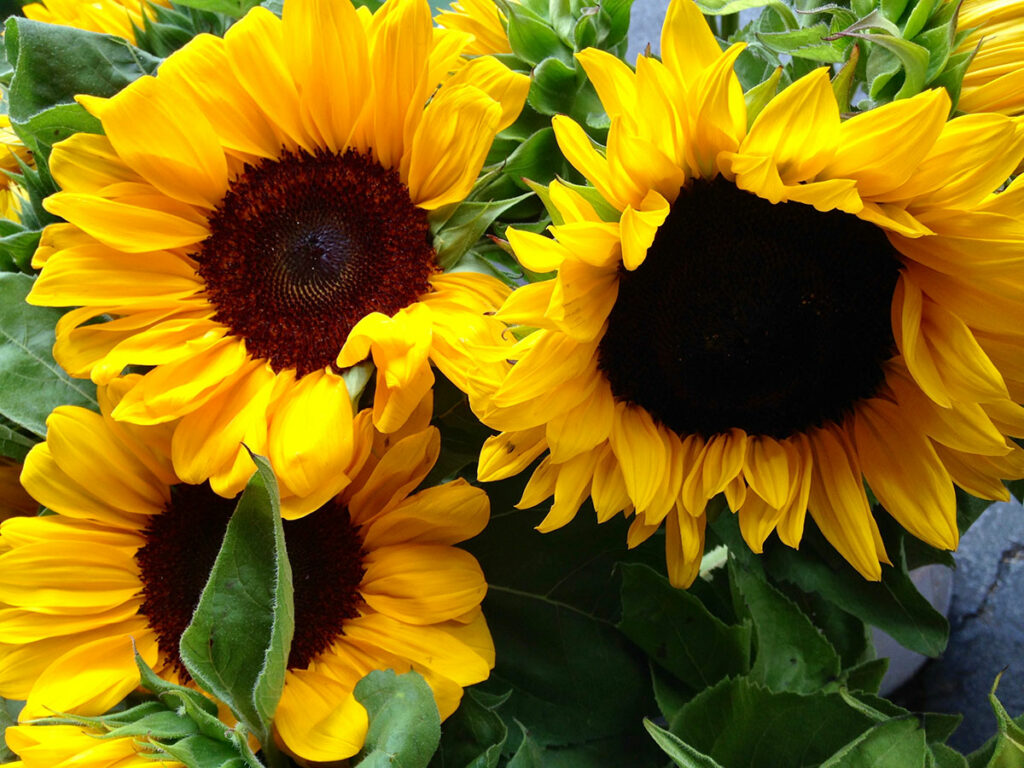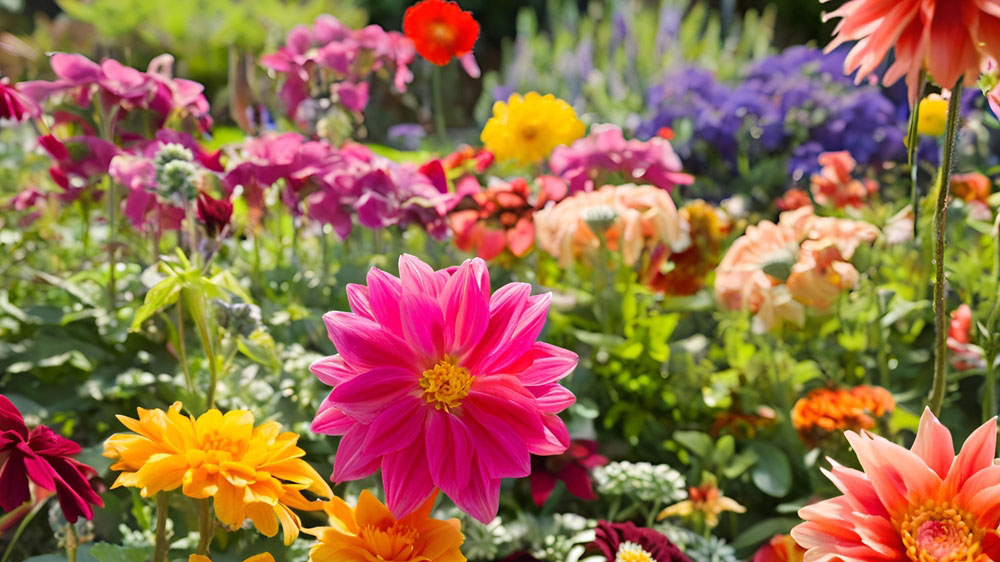
Spring is the perfect time to bring color and life to your garden, but what if you missed the early planting window? Don’t worry! Fast-growing spring flowers can quickly transform empty garden spaces into vibrant displays of color.
These quick-blooming varieties can go from seed to flower in just weeks, giving you beautiful results even if you’re starting late in the season.
You don’t need to be a gardening expert to succeed with these speedy bloomers. Many fast-growing spring flowers are also low-maintenance and attract beneficial pollinators like bees, butterflies, and hummingbirds.
From the bright yellow faces of sunflowers to the delicate petals of cosmos and zinnias, these plants offer both beauty and practical benefits for your outdoor space.
1. Zinnia
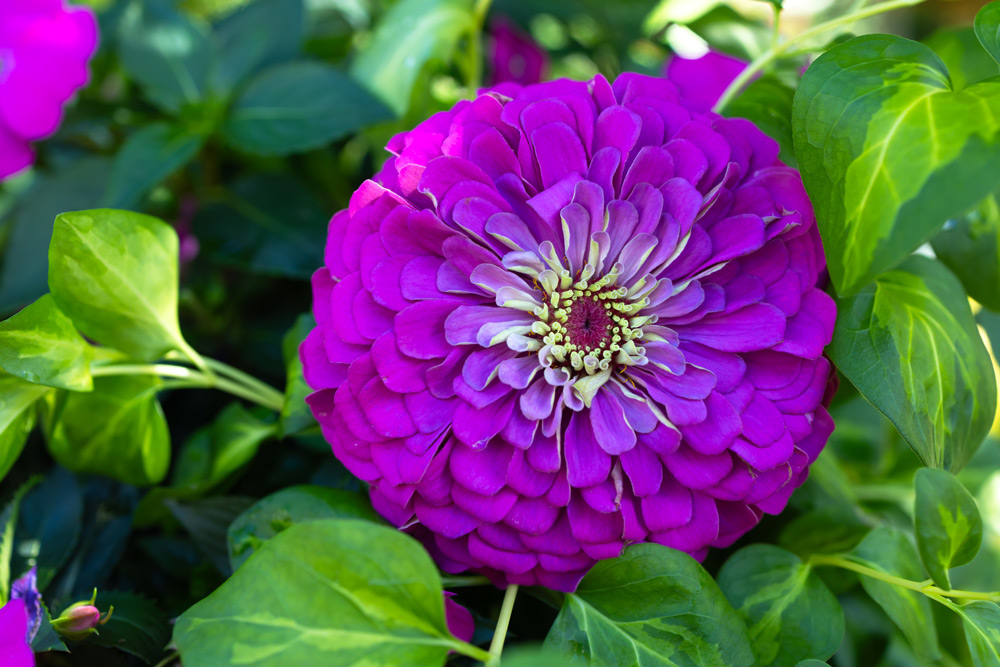
Zinnias are one of the fastest growing flowers you can plant in early spring. They bloom quickly, going from seed to colorful flowers in just 2-3 months.
These vibrant blooms come in a rainbow of colors that brighten any garden bed or container. Their bold colors also make them perfect for cut flower arrangements.
To plant zinnias, simply sow seeds in fertile soil after the last frost. They prefer partial to full sun and grow to about 2 feet tall in zones 2-11.
Zinnias are incredibly easy to maintain and attract butterflies and bees to your garden. Once they start blooming, you’ll enjoy a continuous show of color throughout the summer.
2. Marigold
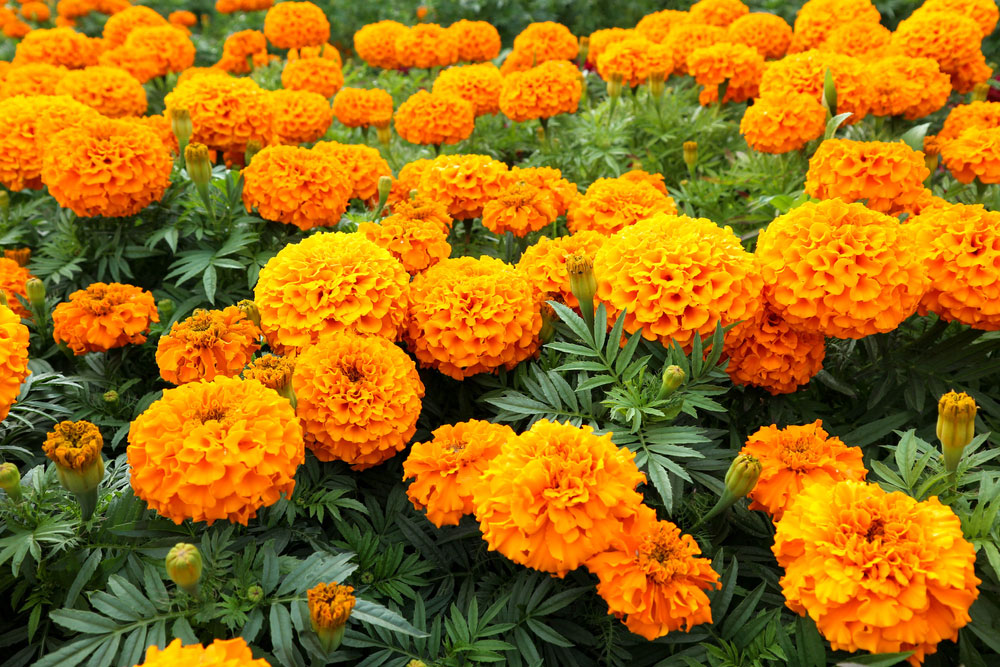
Marigolds are perfect for gardeners who want quick results. These sunshine-loving flowers can go from seed to bloom in just 45 days, making them ideal for spring planting.
You’ll find marigolds in cheerful yellows, oranges, and reds that add instant color to your garden. They grow well in zones 2-11 and range from tiny 6-inch varieties to impressive 4-foot tall plants.
To plant marigolds, start seeds indoors about two months before your last frost date. Once frost danger passes, move them to a sunny spot with well-drained soil.
These hardy flowers attract beneficial insects while repelling some garden pests. Water when soil feels dry and remove spent blooms to encourage more flowers.
3. Nasturtium
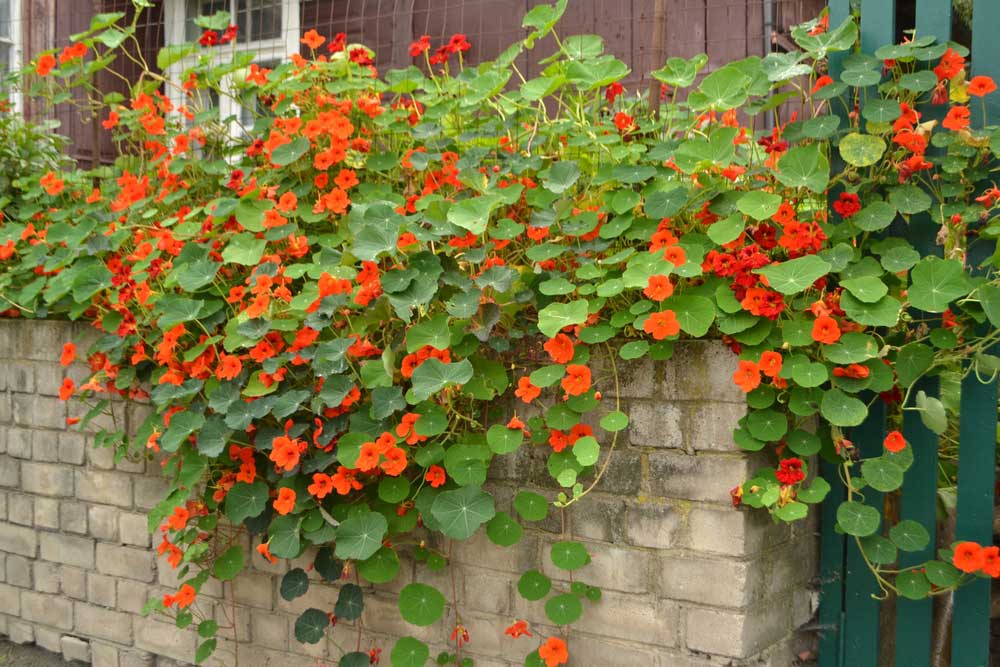
Nasturtiums (Tropaeolum majus) are perfect for gardeners who want quick results. These bright flowers grow rapidly and can bloom within 35-40 days of planting.
You can start nasturtium seeds in small containers a few weeks before the last frost. Plant them directly in the ground once warm weather arrives.
These colorful blooms prefer full sun but will grow in partial shade too. They actually bloom better in poor soil, so don’t worry about extra fertilizer.
Nasturtiums are edible flowers with a peppery taste. You can add the flowers and leaves to salads for a spicy kick.
4. Cosmos
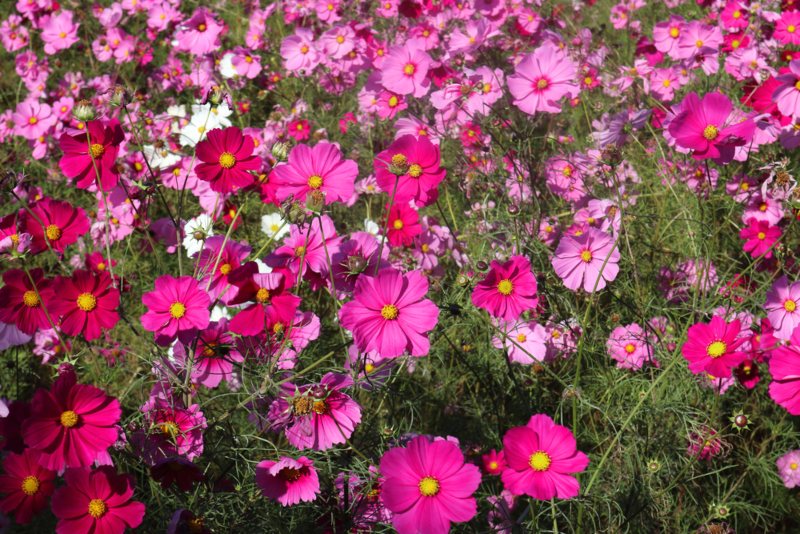
Cosmos (Cosmos bipinnatus) are beautiful, delicate-looking flowers that grow quickly and produce loads of blooms. They share similarities with zinnias in height and color options but have their own unique, daisy-like charm.
You’ll find cosmos easy to grow from seed, and they’ll fill your garden with color in no time. These flowers thrive when slightly stressed, so don’t worry about over-fertilizing them.
To plant cosmos, simply scatter seeds in a sunny spot after the last frost. Water them moderately – they actually bloom better with less water and in poorer soil.
Cosmos attract butterflies and bees to your garden. Their feathery foliage creates a soft backdrop for other flowers, making them perfect companions for marigolds and dahlias.
5. Snapdragon
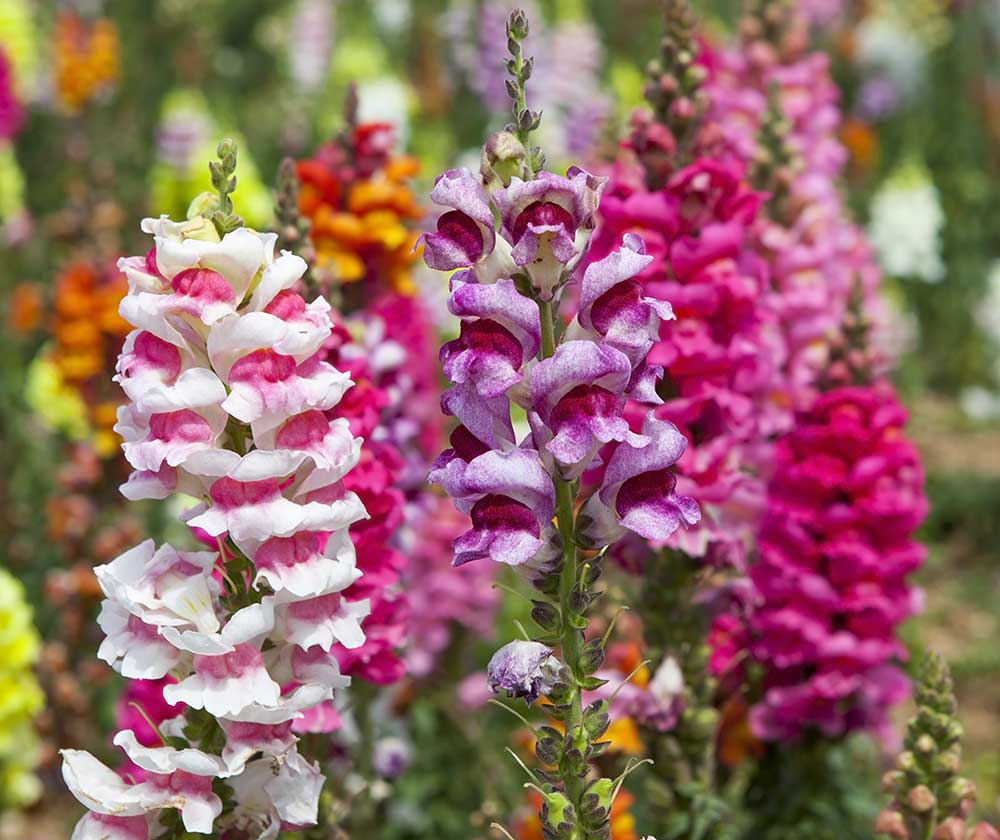
Snapdragons (Antirrhinum majus) add beautiful splashes of color to spring and summer gardens. These cool-season flowers grow quickly and produce tall stalks covered with unique blooms that “snap” open when squeezed.
You can find snapdragons in many colors including pink, white, yellow, and red. They’re perfect for cutting gardens since their flowers last long after being cut for indoor arrangements.
To plant snapdragons, sow seeds indoors 8-10 weeks before the last frost. Plant them in well-draining soil where they’ll get full to partial sun. Water regularly but avoid soaking the leaves to prevent disease.
Snapdragons attract butterflies and bees to your garden. Pinch young plants to encourage bushier growth and more flowers.
6. Lupine
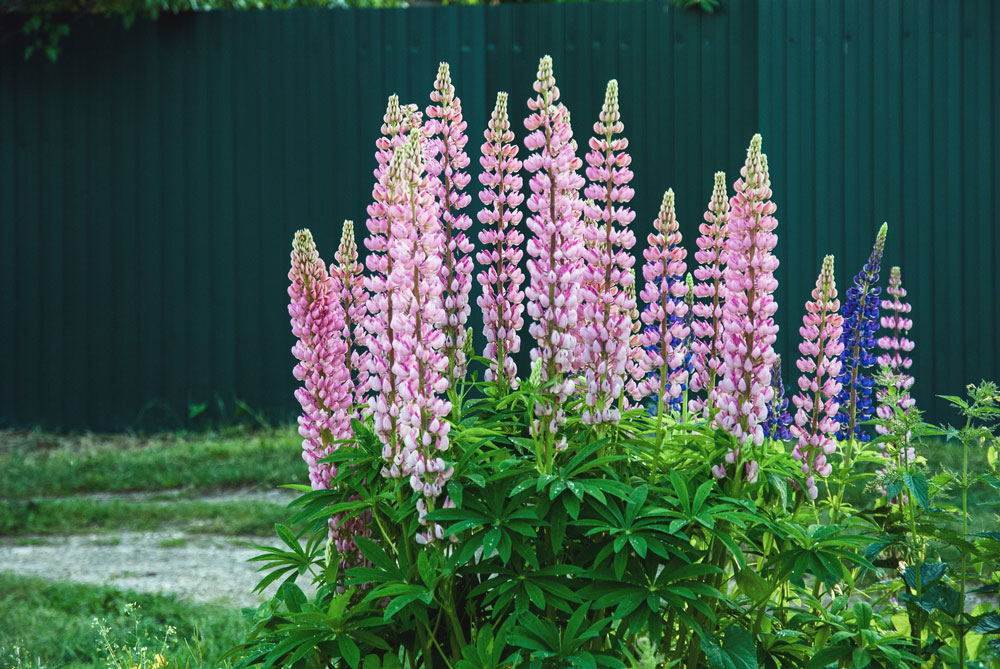
Lupine (Lupinus) is a fast-growing spring flower that produces stunning tall flower spires reaching up to 4 feet in height. These colorful blooms will brighten your garden from spring into summer.
To plant lupines, choose a spot with good drainage and full to partial sun. They prefer slightly acidic soil and don’t need much fertilizer.
You’ll love how lupines attract bees and butterflies to your garden. They’re also deer resistant, making them perfect for a low-maintenance meadow or cottage garden.
For the best results, sow lupine seeds in fall or early spring. Once established, they need minimal care and will reward you with their beautiful, long-lasting blooms year after year.
7. Catmint
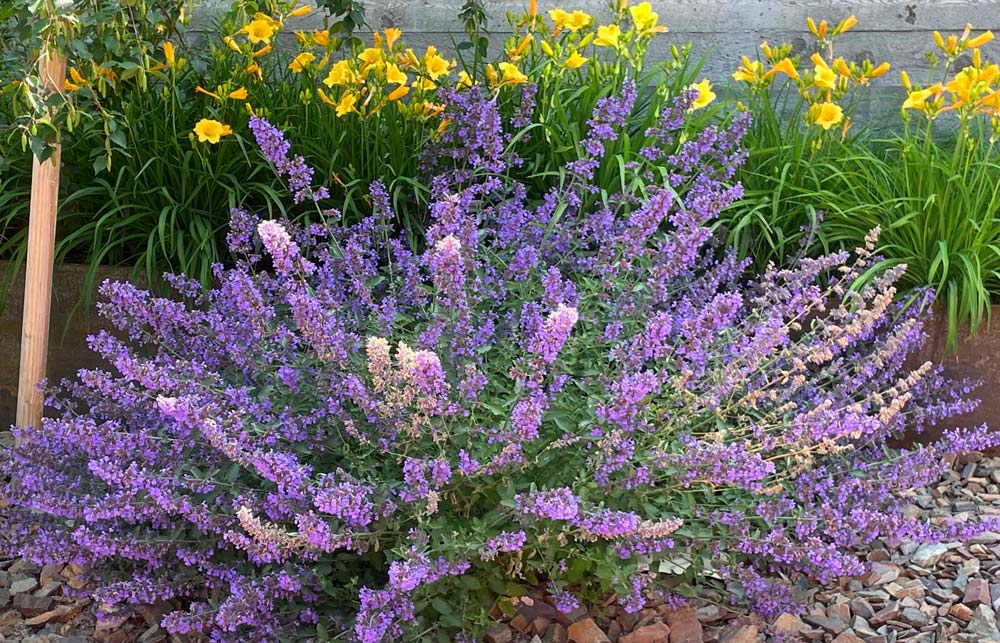
Catmint (Nepeta) is one of the fastest growing perennials you can add to your garden. With its lovely purple flowers and fuzzy, gray-green foliage, it creates a beautiful display that lasts for months.
This easy-going plant adapts to different conditions and soil types, making it perfect for gardeners of all skill levels. Catmint can grow 12-15 inches tall and spread 2-4 feet wide, quickly filling empty spaces in your garden.
To plant catmint, choose a sunny spot with well-draining soil. Once established, it needs very little maintenance and will reward you with up to five months of blooms!
Catmint also attracts pollinators like bees and butterflies while being deer-resistant – a winning combination for any garden.
8. Borage

Borage (Borago officinalis) is a fast-growing Mediterranean herb that produces beautiful star-shaped blue or white flowers. It thrives in full sun and can handle poor soil conditions.
Your garden pollinators will thank you for planting borage! Bees are especially attracted to these bright blue blooms that stand out among other garden flowers.
To grow borage, simply sow seeds directly in the garden in early spring. Seeds germinate quickly, usually within 7-10 days. You’ll enjoy flowers from June through early fall.
The flowers aren’t just pretty – they’re edible too! You can add them to salads or use them as garnish for a pop of color on your plate.
9. Calendula
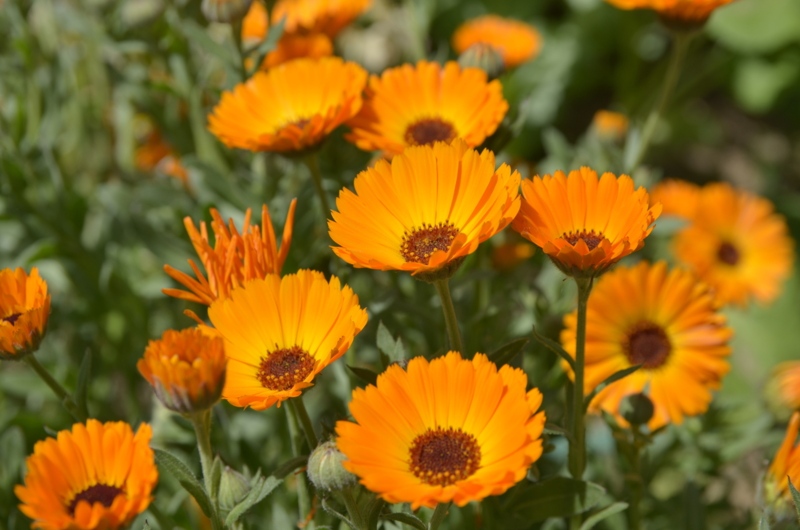
Calendula, also known as pot marigold (Calendula officinalis), brings quick bursts of sunny colors to your spring garden. These cheerful flowers grow fast, often blooming within 45-60 days of planting.
You can directly sow calendula seeds in early spring or start them indoors. They prefer full sun and well-drained soil but will tolerate less-than-perfect conditions.
These hardy plants grow between 6 inches to 4 feet tall, depending on the variety. The ‘Banana Blizzard’ type shows off lovely creamy-yellow flowers with pink tinges and stays compact at 10-12 inches tall.
Calendula flowers have practical uses too! Their petals can substitute for saffron in cooking or be used in skin-healing remedies.
10. California Poppy
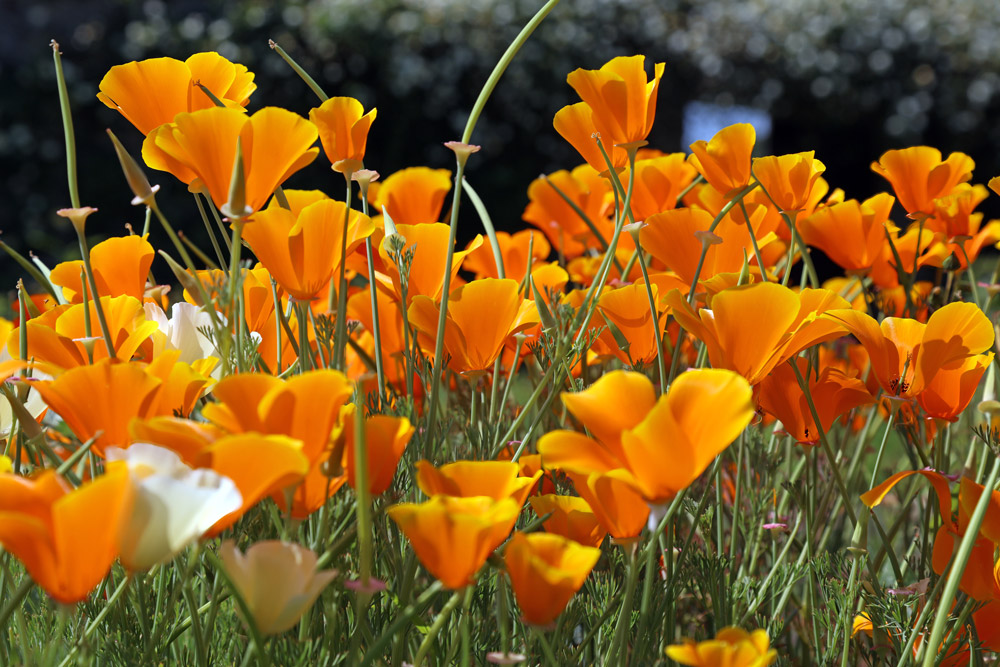
California poppies (Eschscholzia californica) are perfect for gardeners who want quick results. These bright flowers can go from seed to bloom in just 60 days!
You’ll love their brilliant red, orange, and yellow flowers that light up your garden. Their fern-like foliage forms attractive mats that spread easily in sunny spots.
To plant California poppies, sow seeds directly in your garden after the last spring frost. Choose a spot with full sun (at least six hours daily) and well-drained, sandy soil.
These flowers are extremely low-maintenance. You rarely need to water them except during severe drought, as they prefer to rely on natural rainfall.

